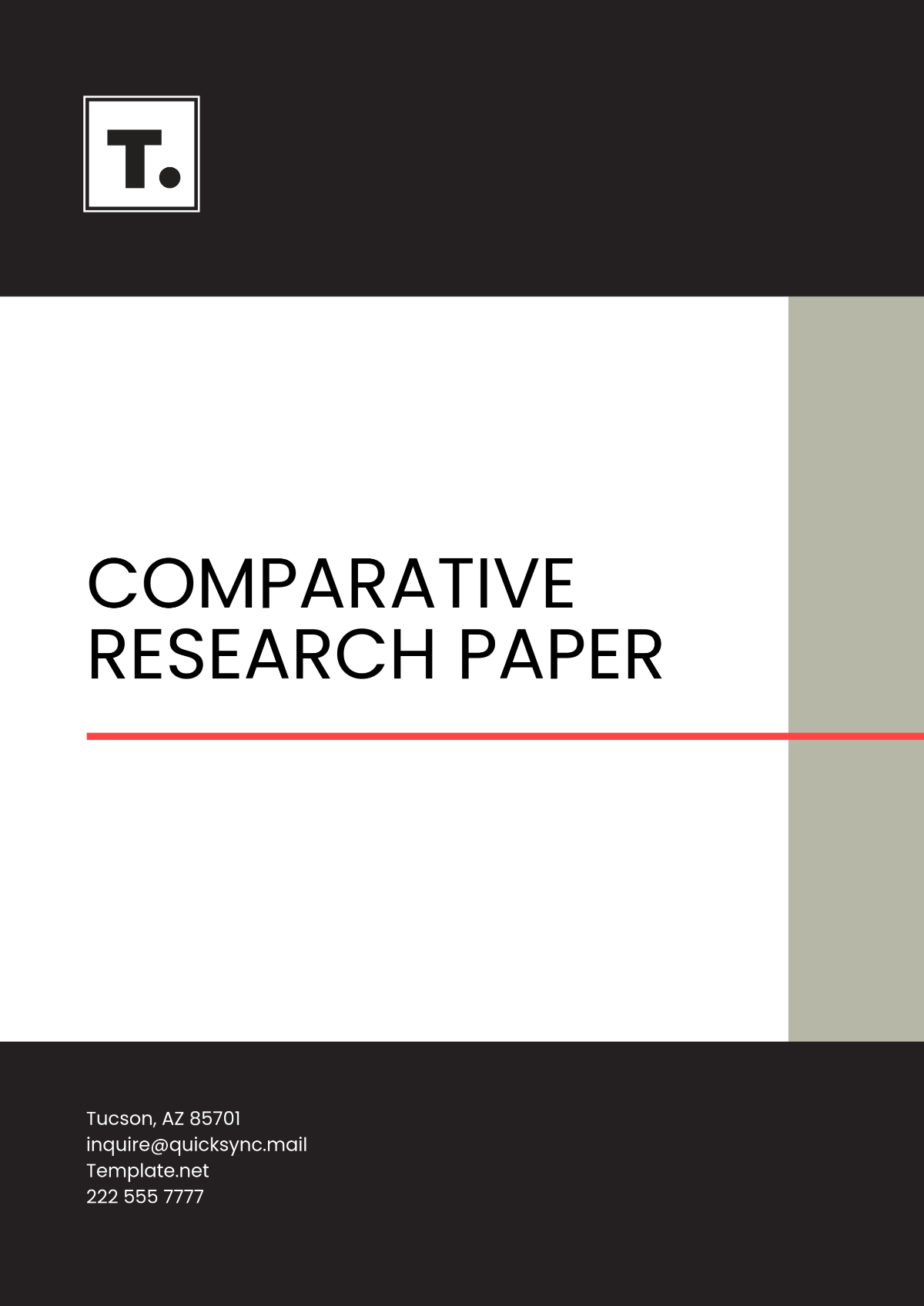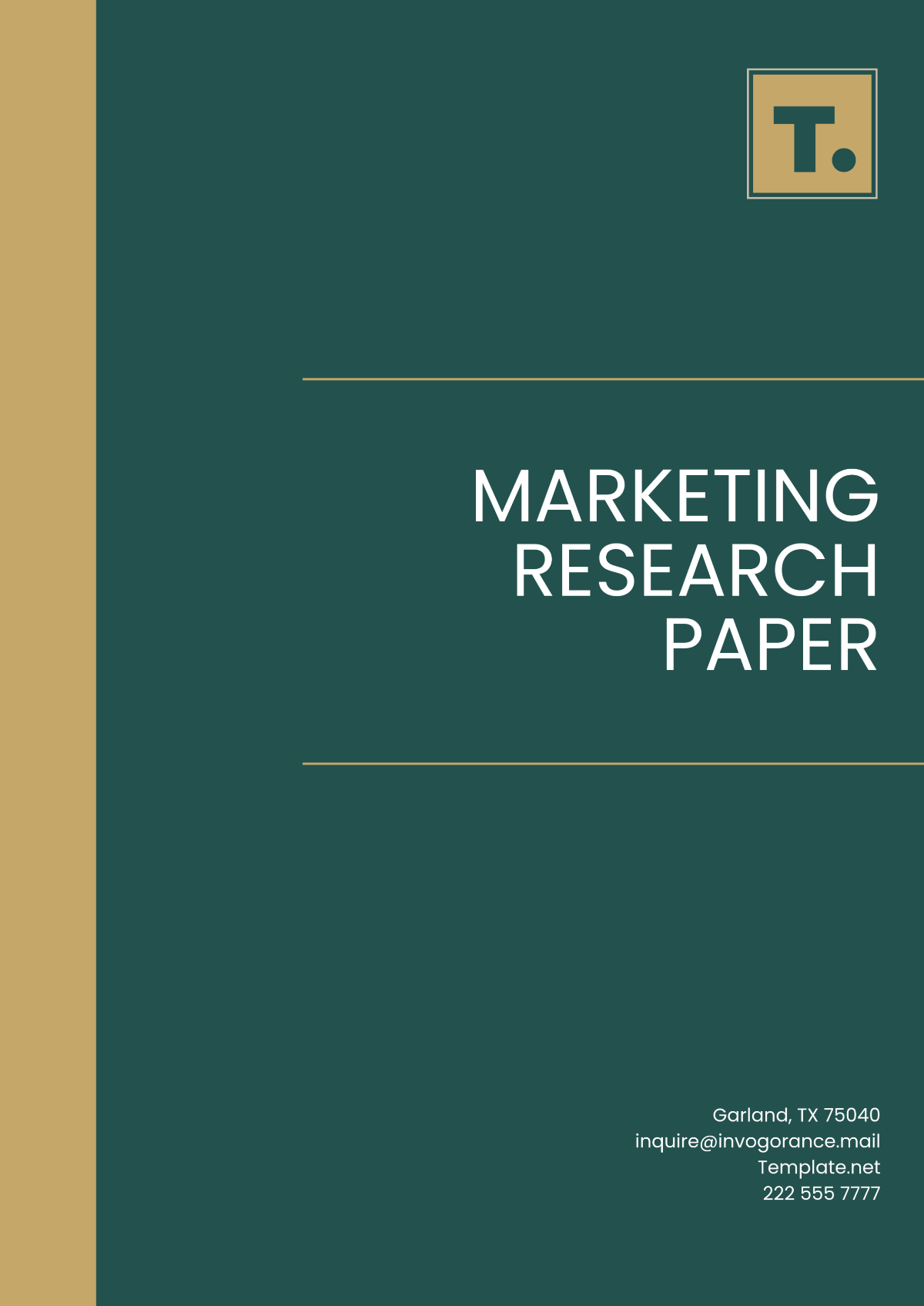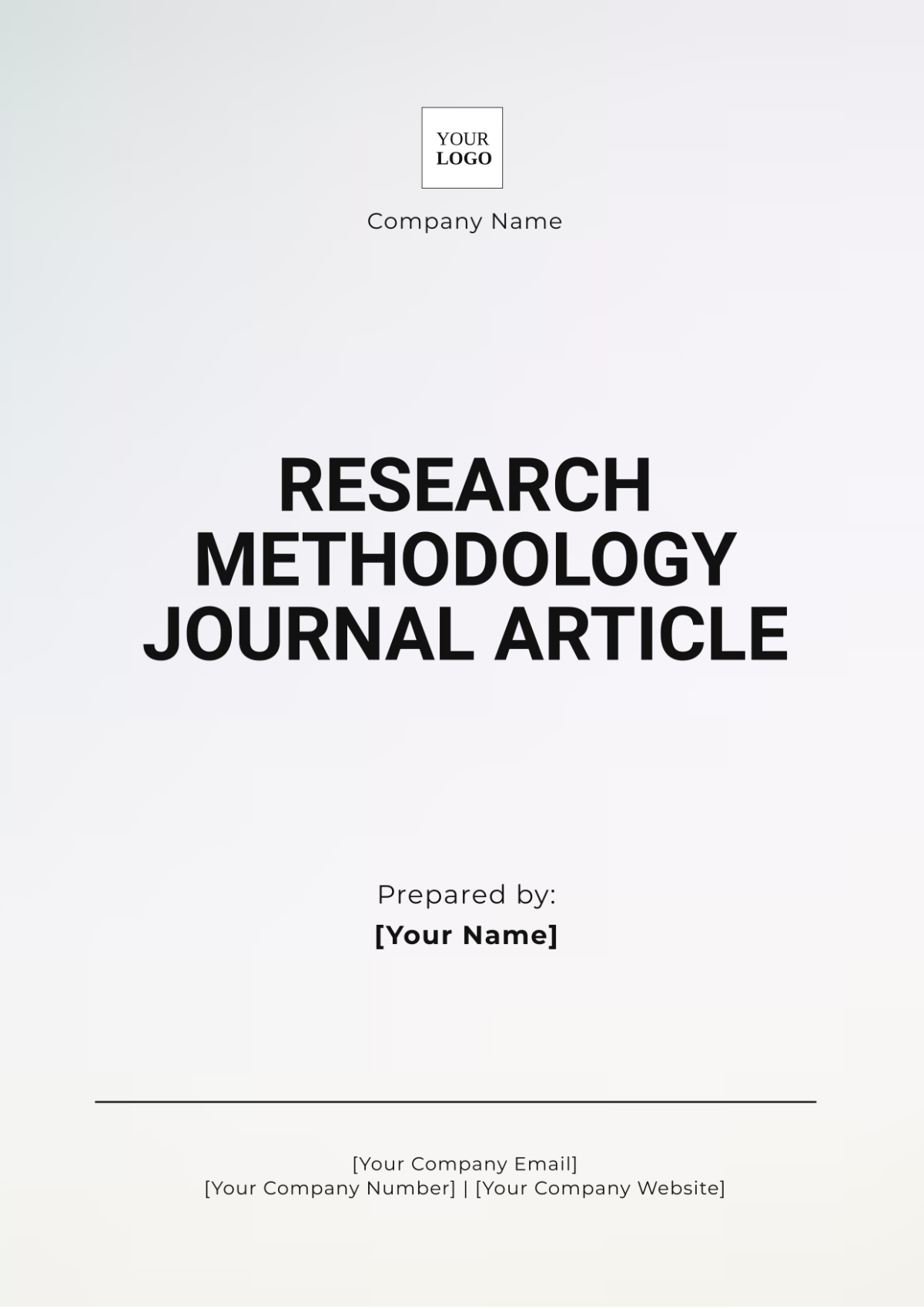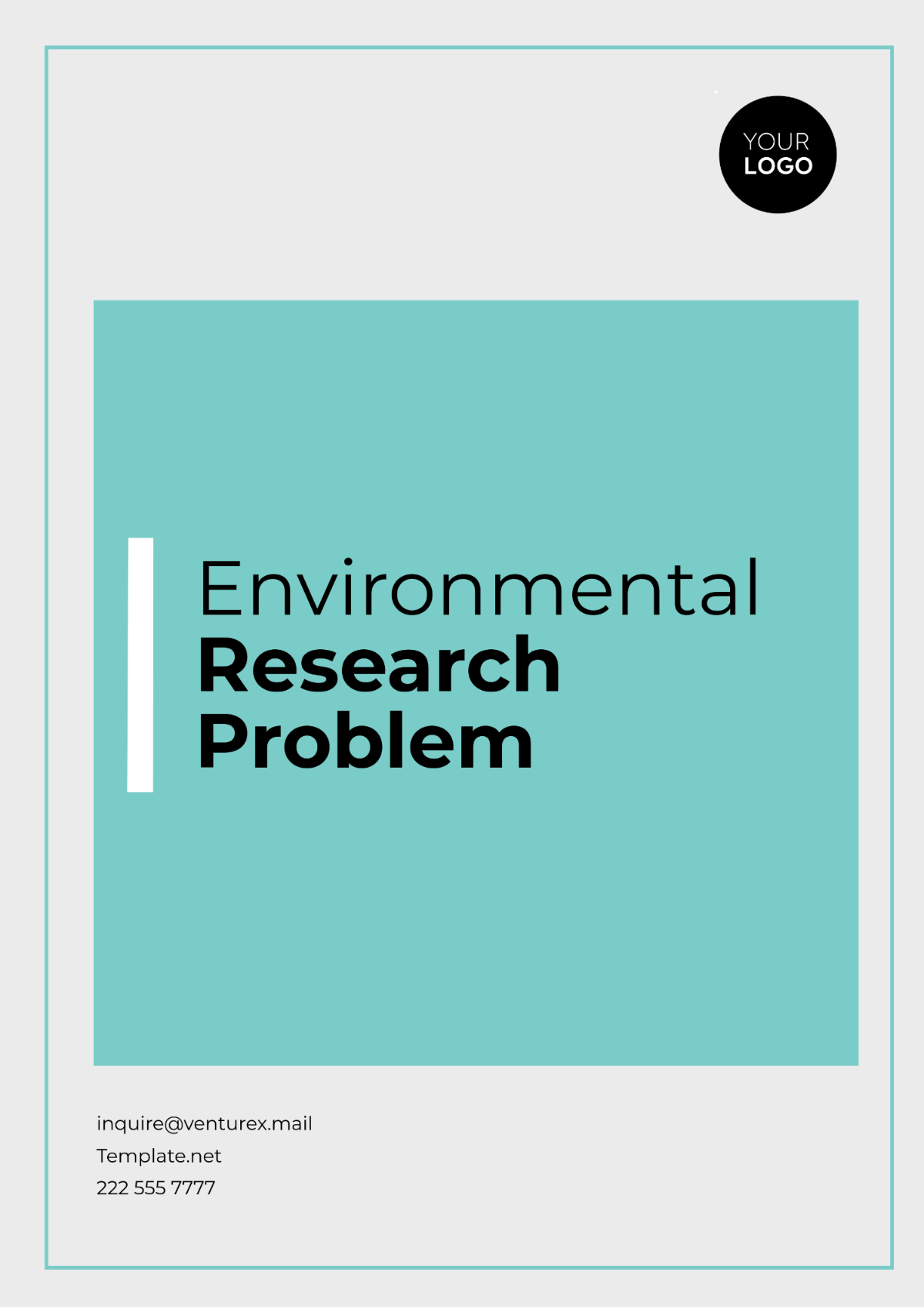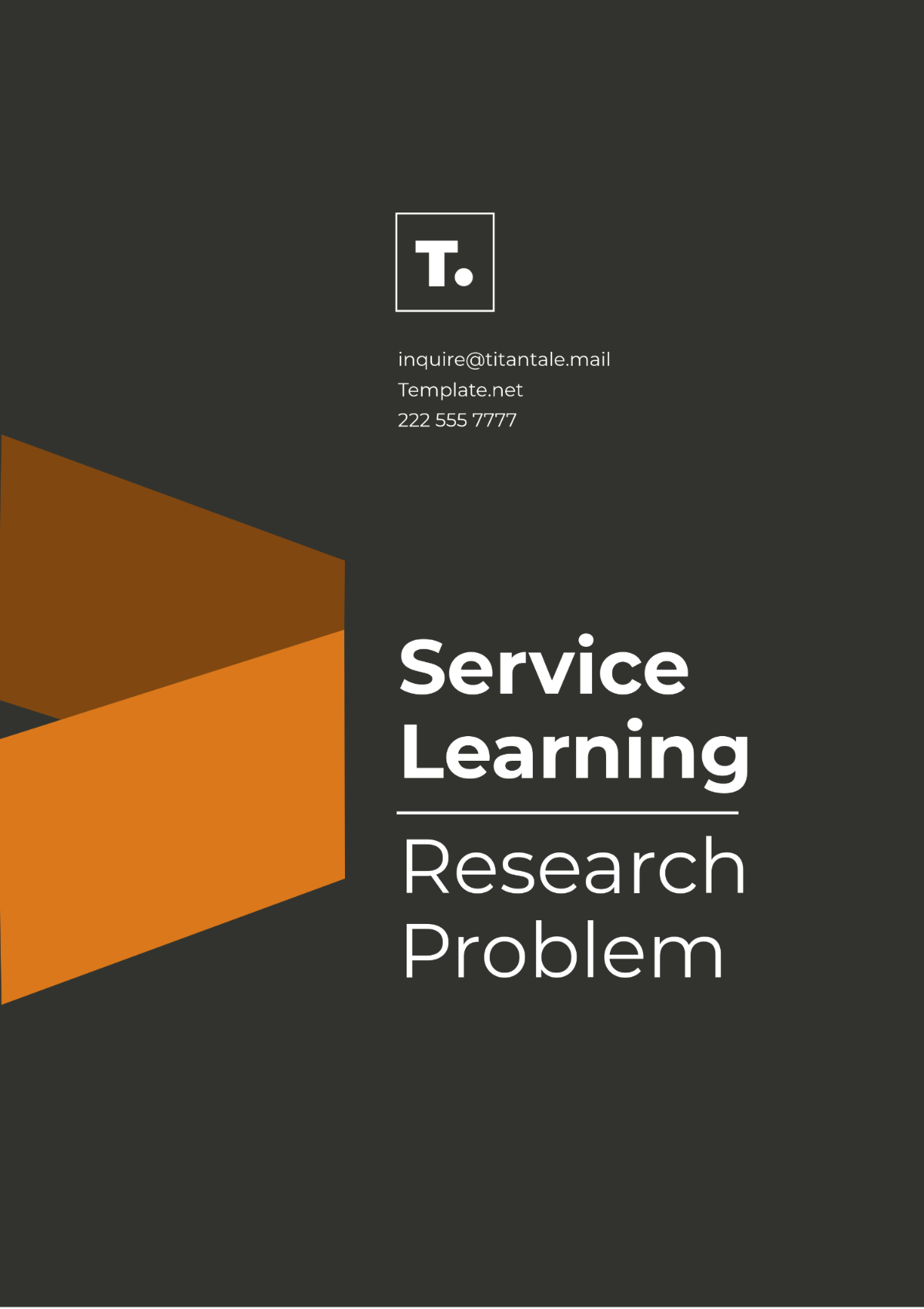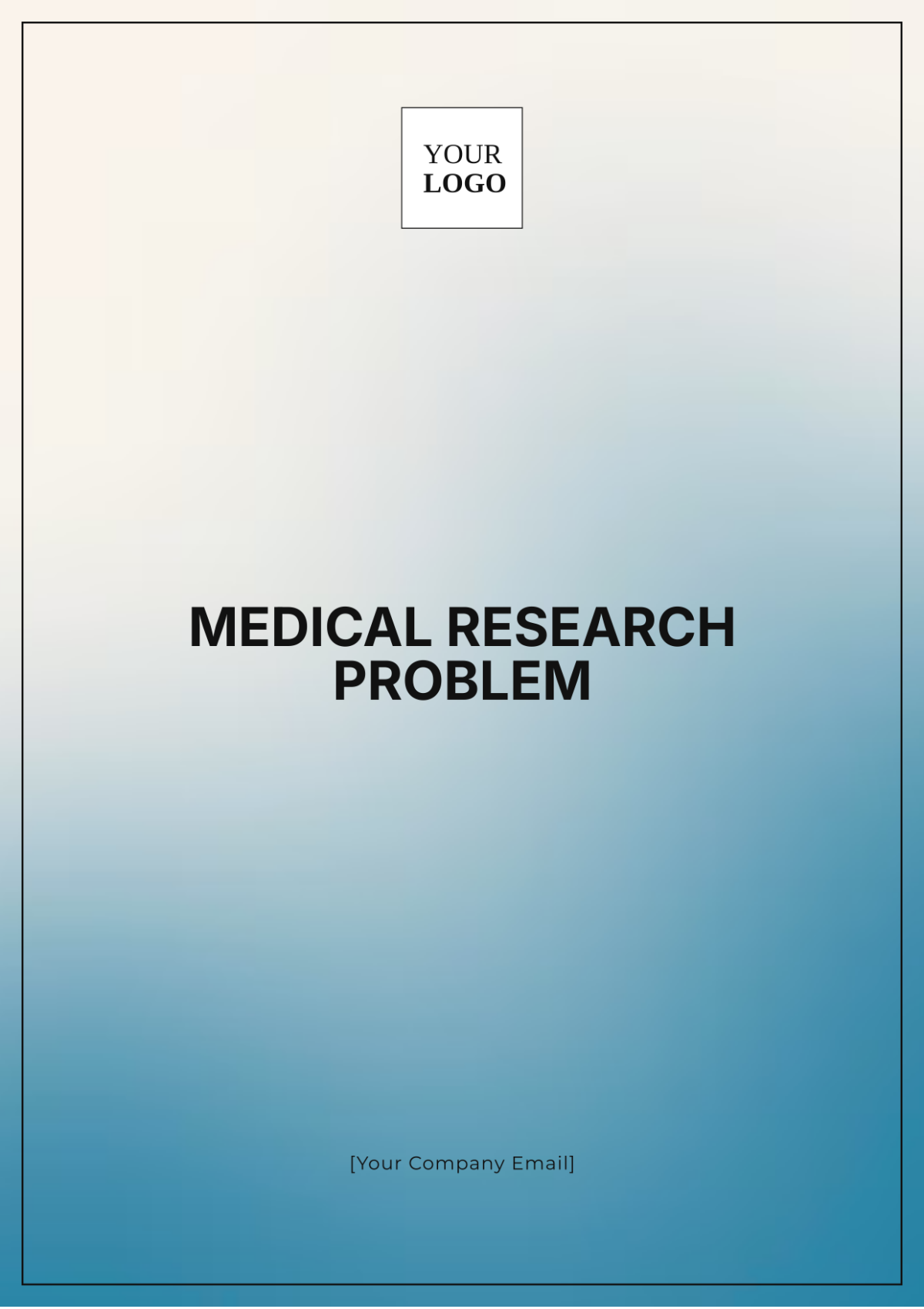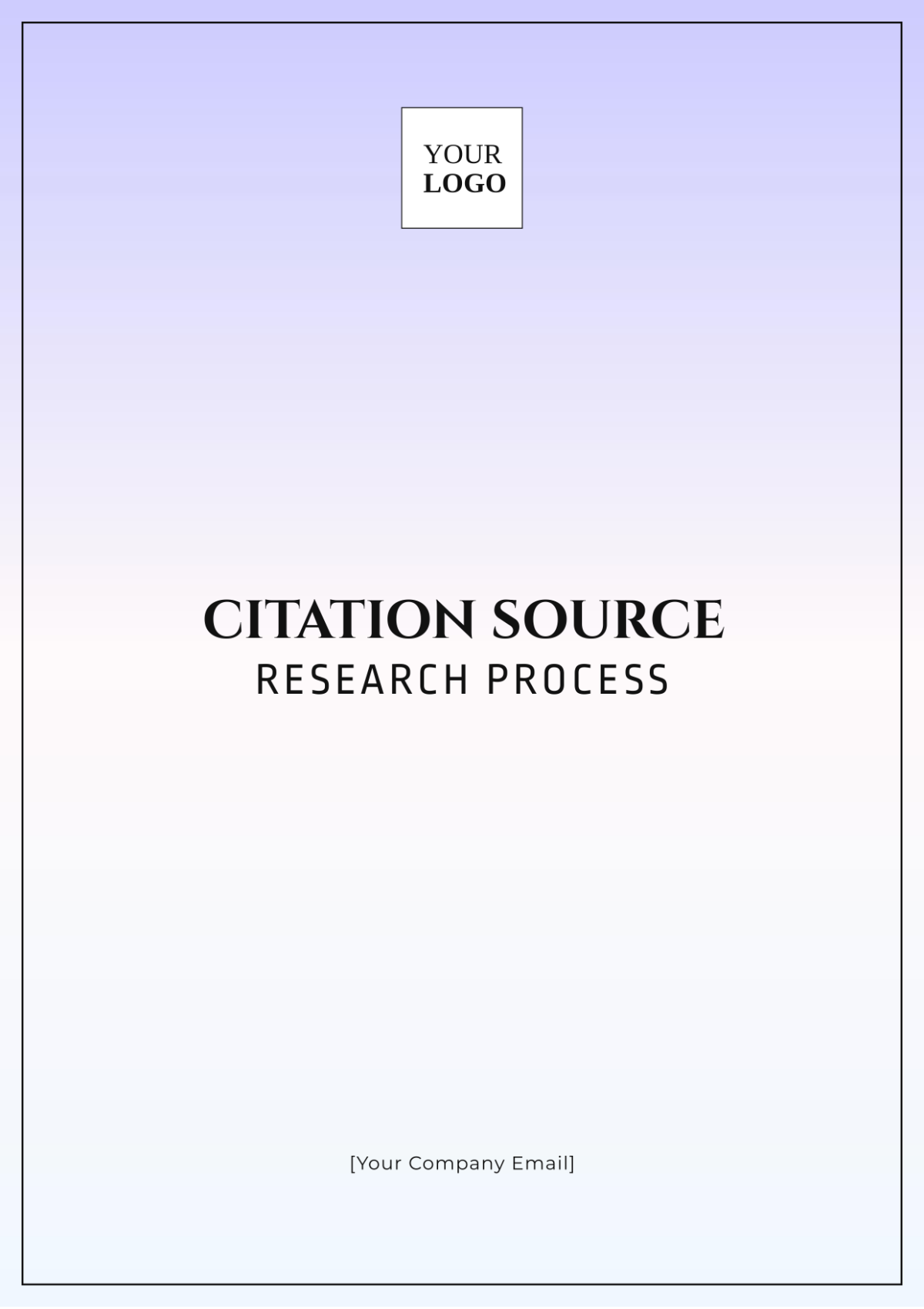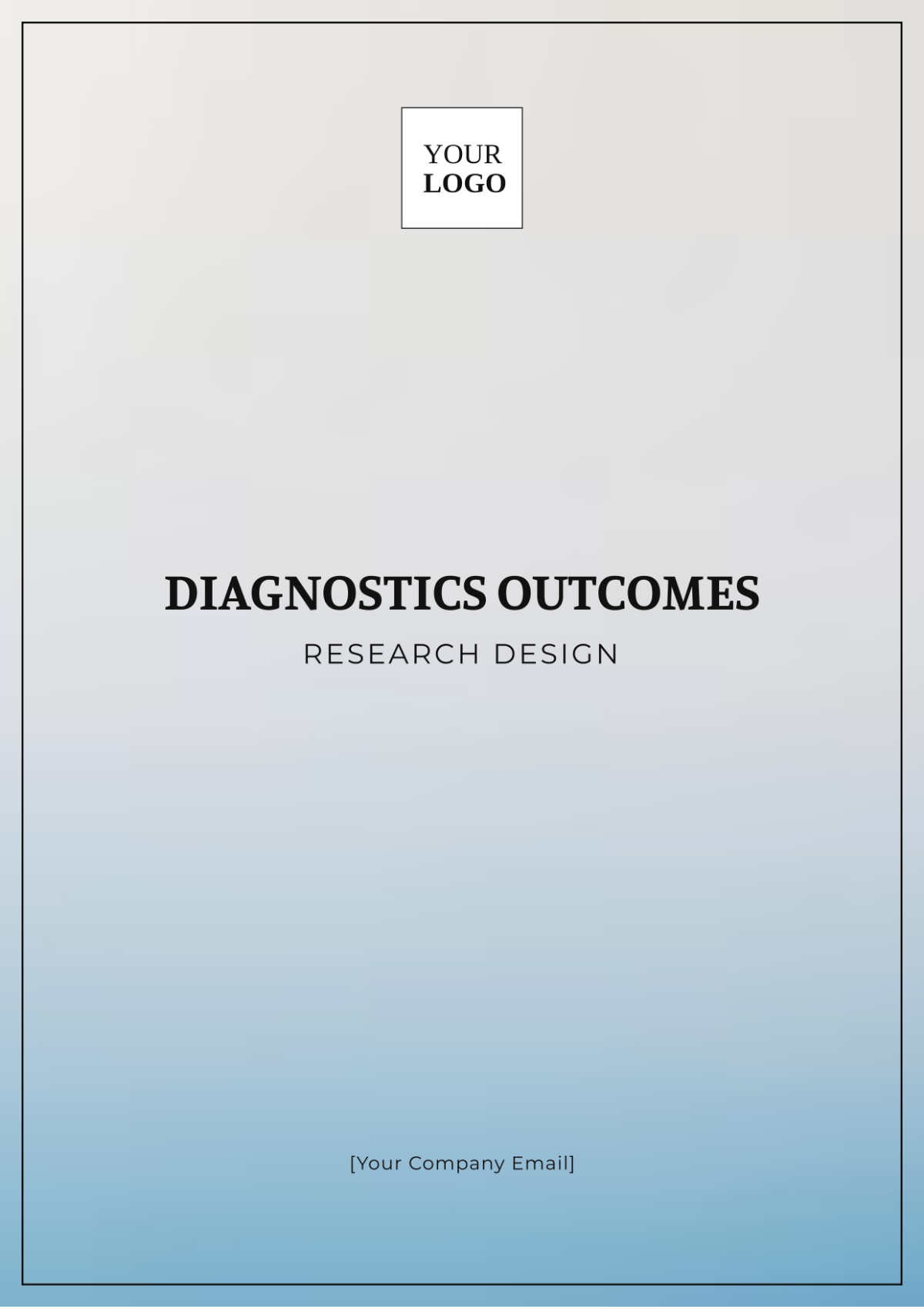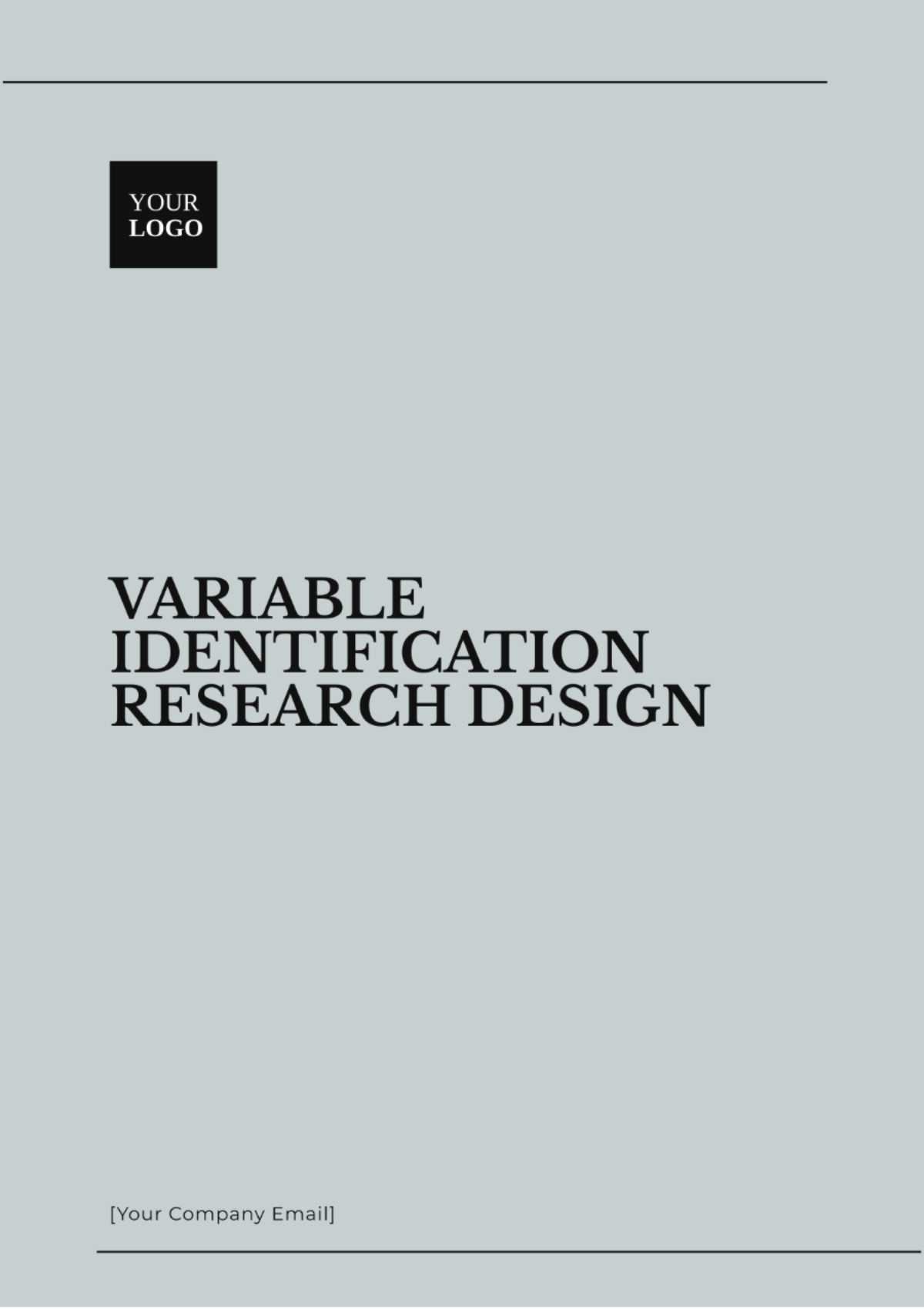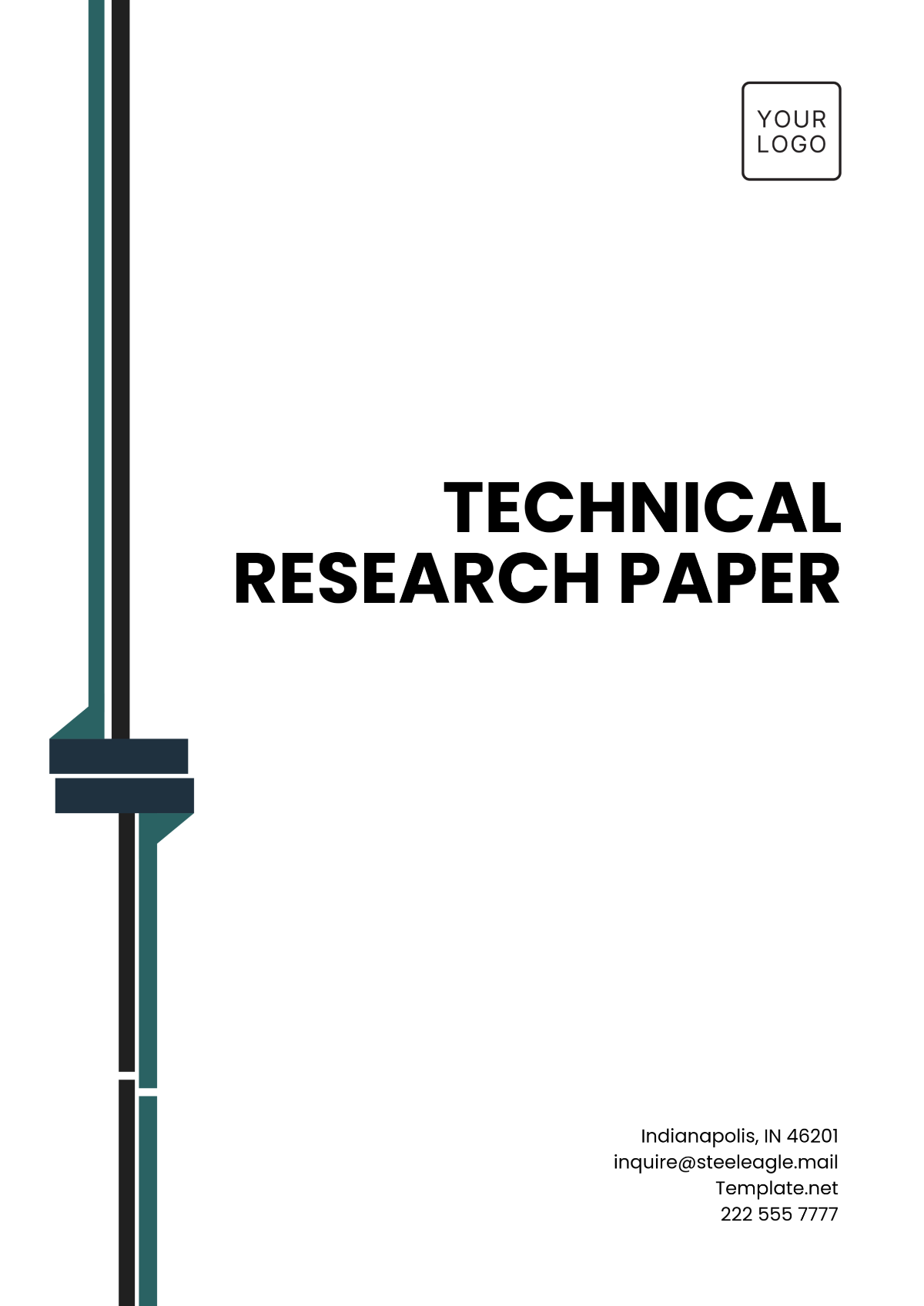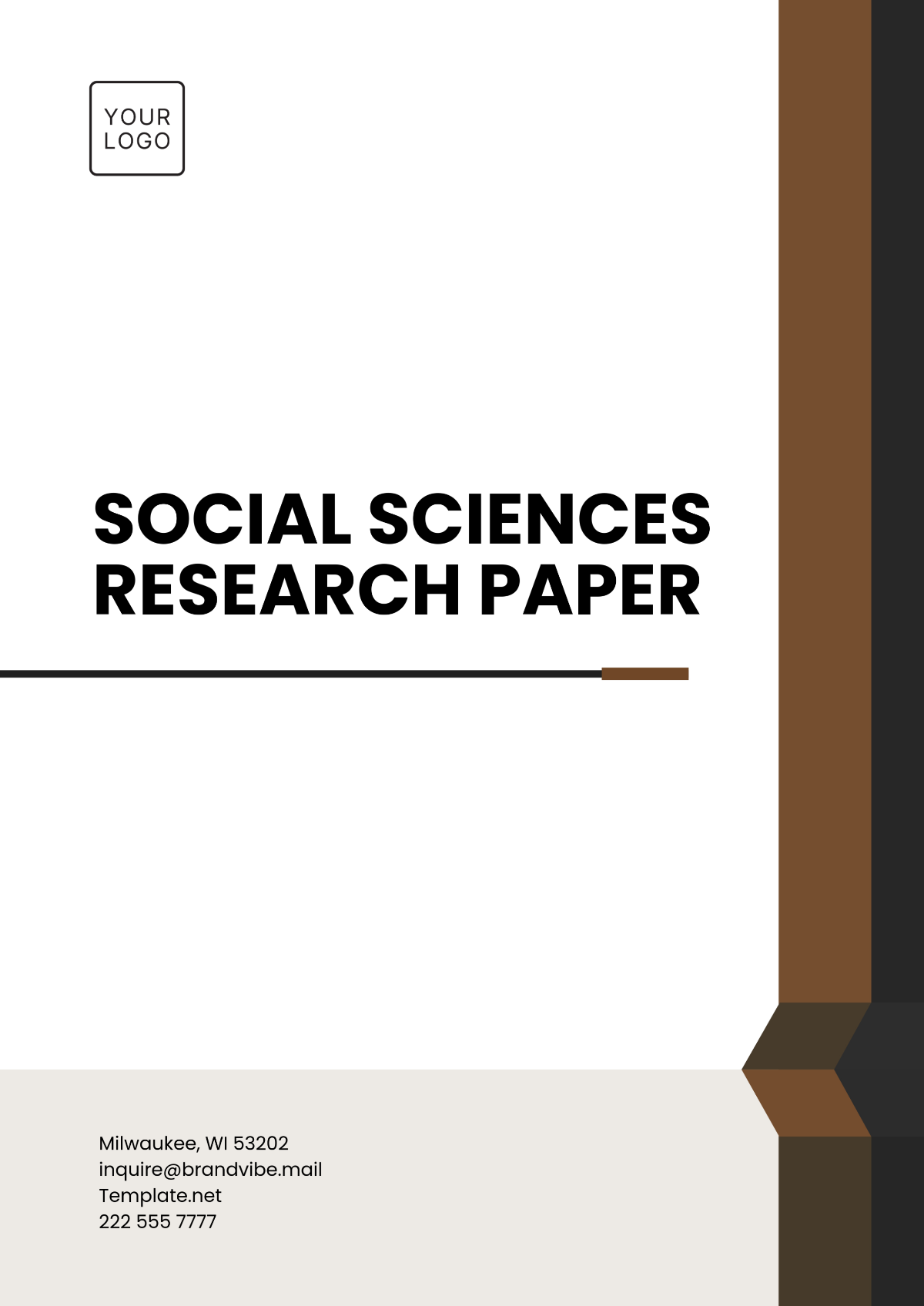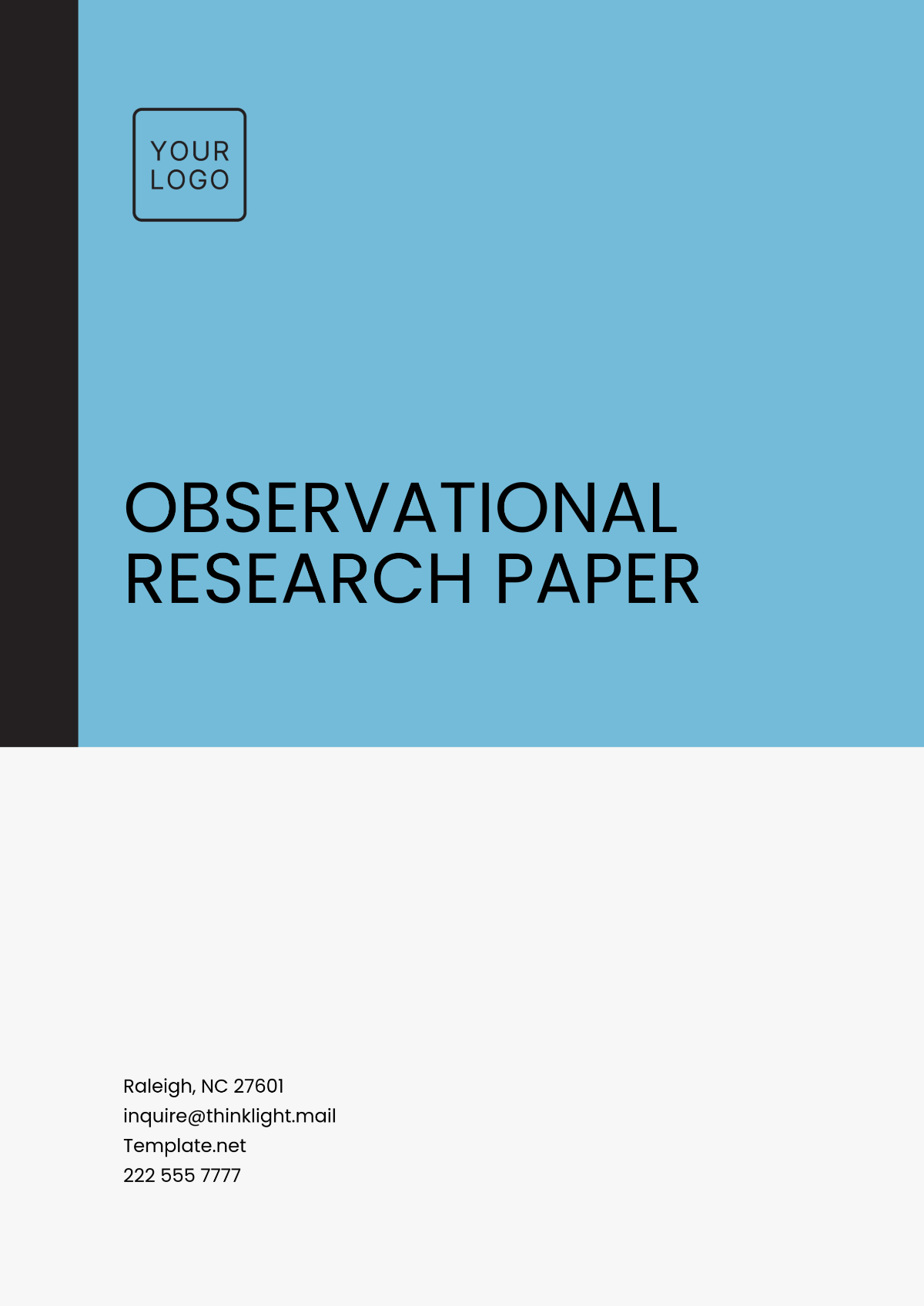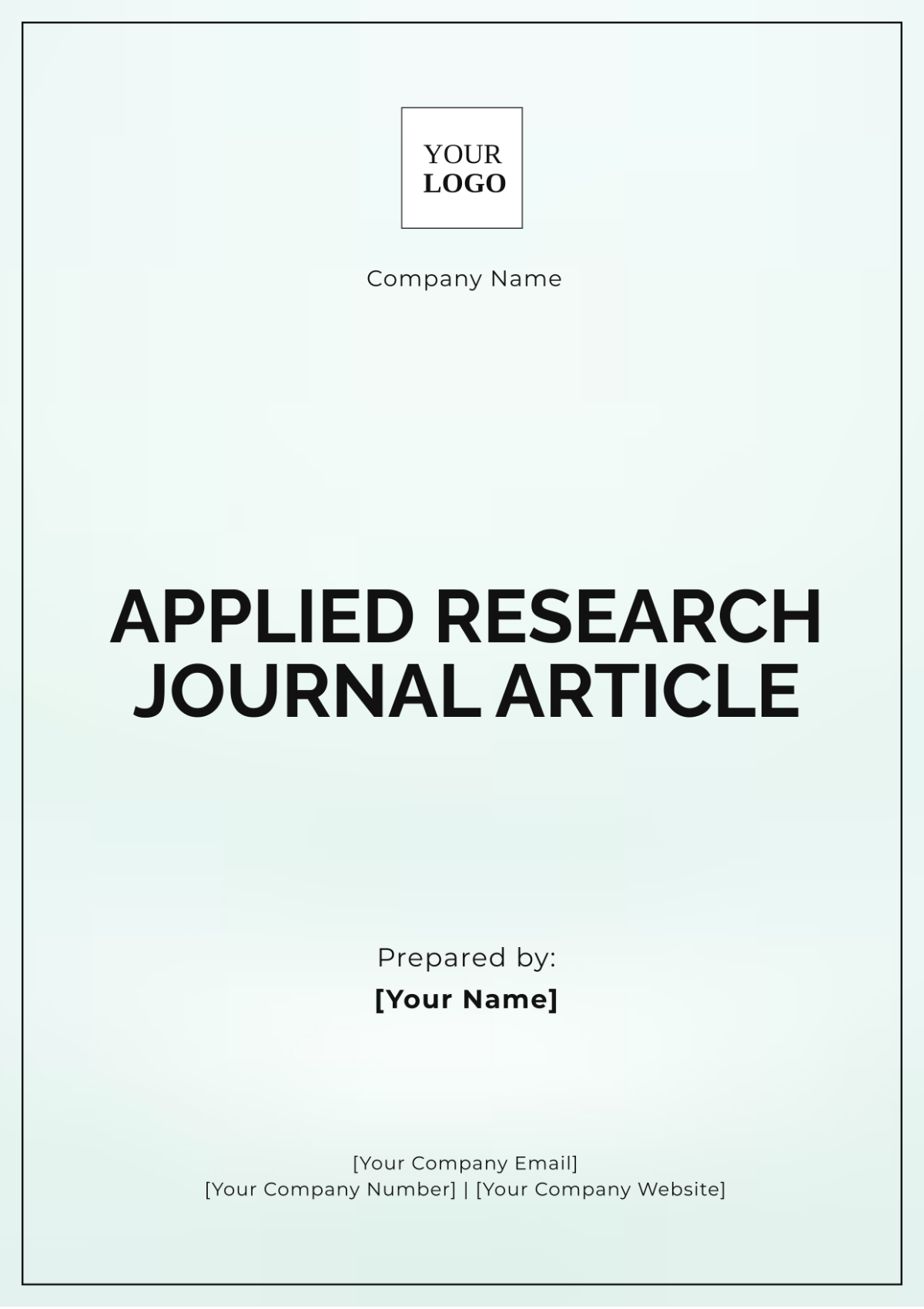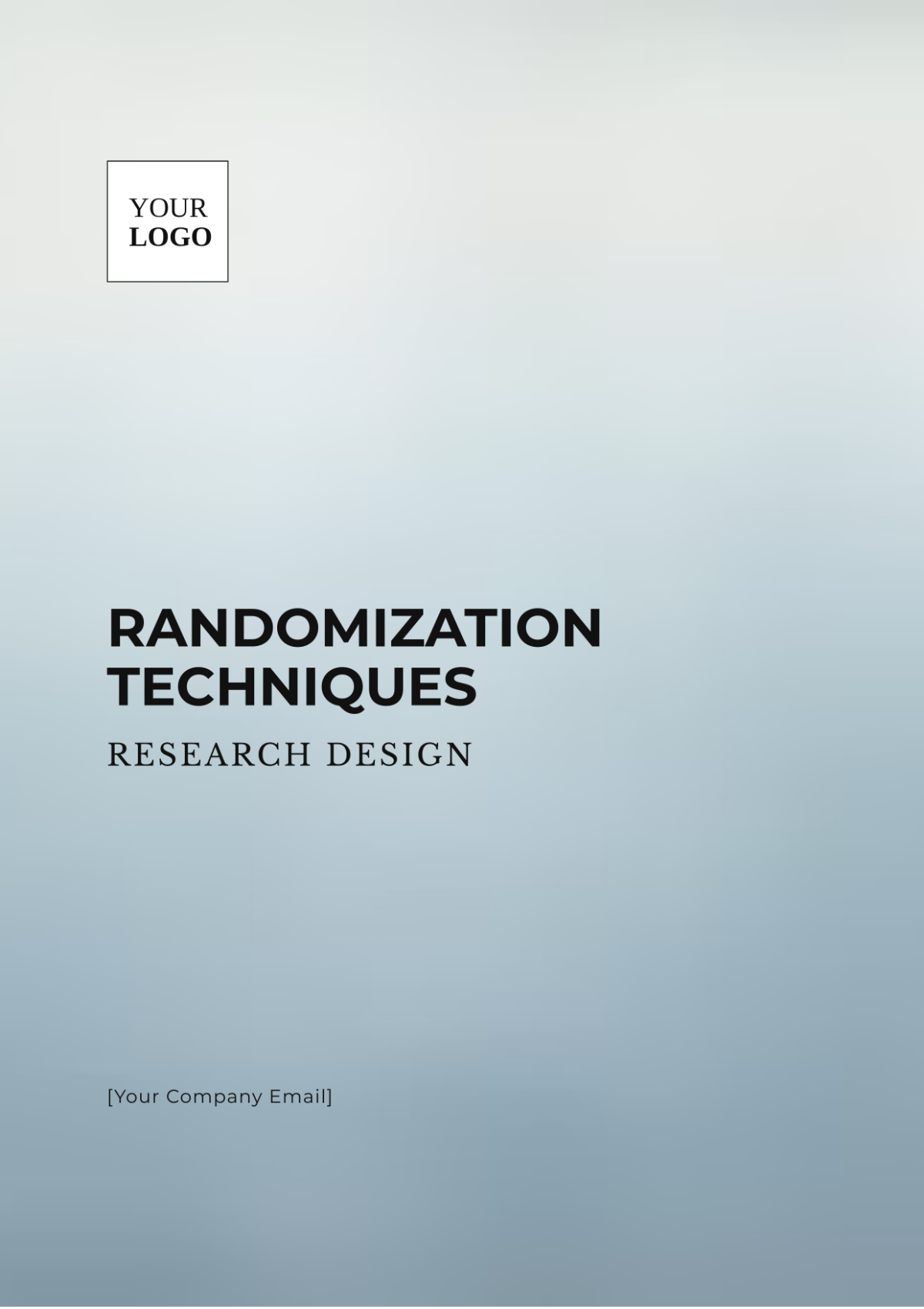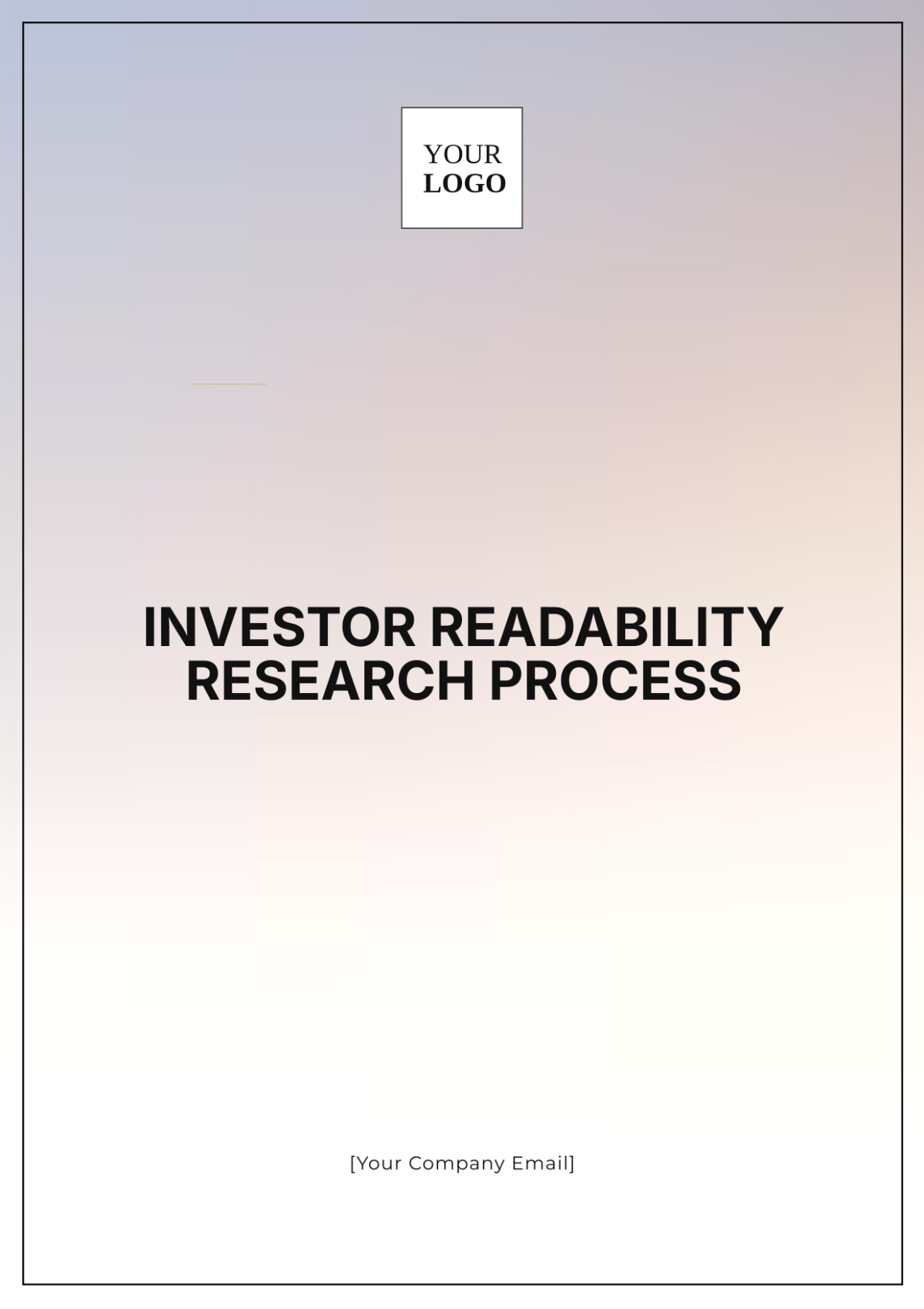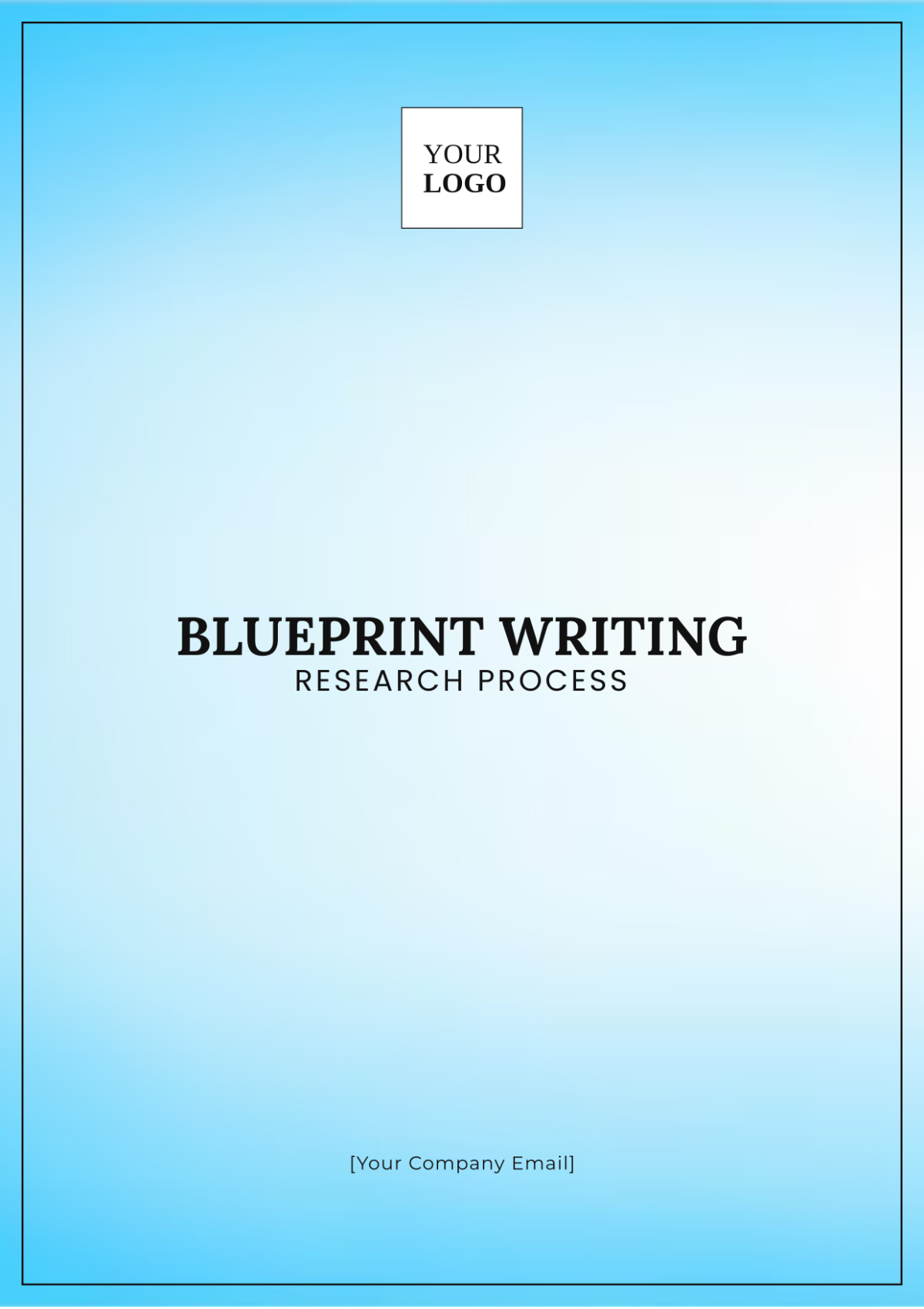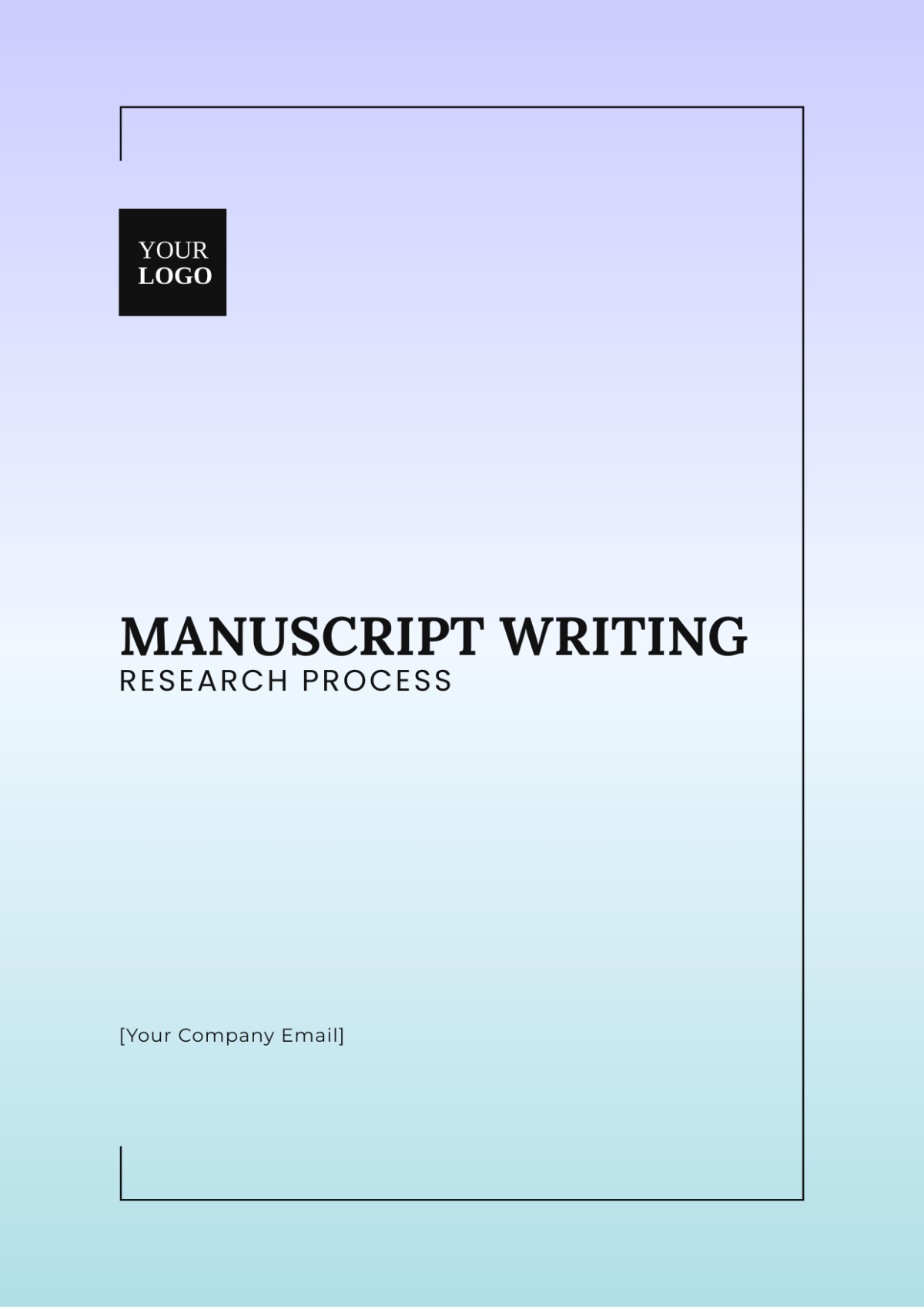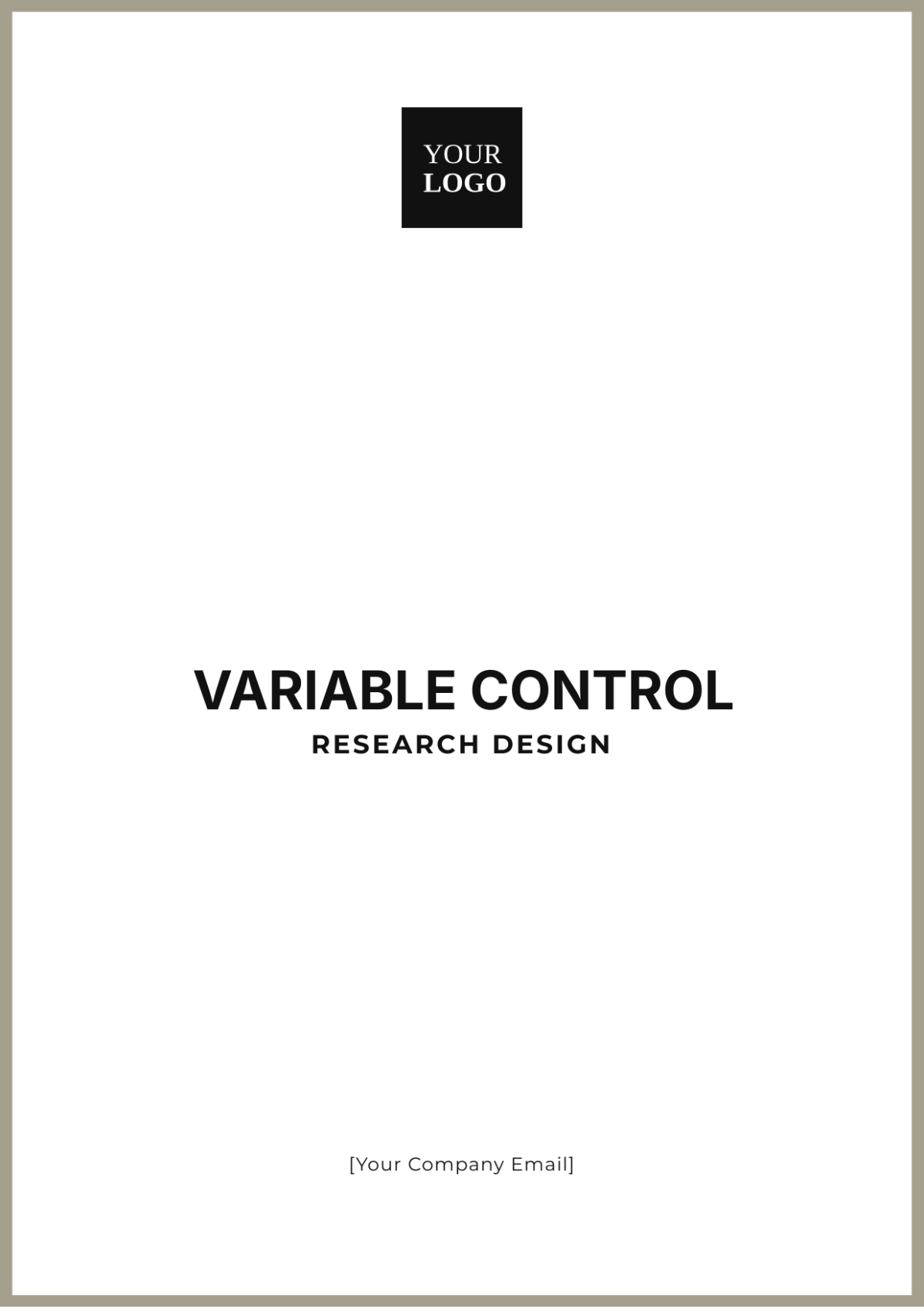Blueprint Writing Research Process
Researcher: [Your Name]
Date: [Date]
I. Introduction
A Blueprint Writing Research Process is a meticulous and organized approach for crafting detailed plans or blueprints that guide the execution of various projects. This process involves comprehensive research, in-depth analysis, and the creation of a well-structured plan aimed at achieving specific goals or objectives. This guide explores each phase of the Blueprint Writing Research Process, offering insights into best practices and methodologies to ensure a successful outcome.
II. Research and Analysis
The Research and Analysis phase is crucial as it lays the groundwork for the entire Blueprint Writing Research Process. It involves collecting and scrutinizing relevant information to inform the design and execution of the project.
Identify Objectives: Clearly define the project's goals and objectives. For instance, if the project is about developing a new smart home device, objectives might include improving user convenience and enhancing energy efficiency.
Gather Information: Collect data from a variety of reliable sources such as academic journals, industry reports, market surveys, and expert consultations. For example, research might involve studying the latest advancements in smart home technology and consumer preferences.
Analyze Data: Examine the collected data to identify trends, patterns, and key insights. Analyze user feedback and market trends to determine the most desirable features and potential challenges.
Stakeholder Input: Engage stakeholders—including project sponsors, end-users, and team members—to gather their perspectives and requirements. For instance, hold focus groups or surveys to understand user needs and expectations.
III. Design Specifications
Based on insights from the Research and Analysis phase, the Design Specifications phase involves crafting detailed plans that outline the technical and functional requirements for the project.
Technical Requirements: Define the technical specifications required to meet project goals. For instance, specify the hardware components, software algorithms, and integration protocols needed for the smart home device.
Functional Requirements: Outline the functional aspects and features of the project. Describe how the device will interact with other smart home systems and provide user controls.
Compliance: Ensure that the design adheres to all relevant regulatory and compliance standards. For example, verify that the device meets safety and energy efficiency regulations.
Documentation: Prepare comprehensive documentation detailing all design aspects, including diagrams, schematics, and functional descriptions.
IV. Implementation Plan
The Implementation Plan details the steps needed to execute the design specifications effectively.
Task Breakdown: Create a detailed breakdown of tasks and activities required. For instance, tasks might include prototyping, testing, and production setup.
Assign Responsibilities: Allocate tasks to specific team members or departments. Assign roles such as lead designer, software developer, and quality assurance specialist.
Resource Allocation: Identify and allocate resources such as materials, personnel, and equipment. Ensure that all necessary tools and technologies are available.
Risk Management: Develop strategies to mitigate potential risks during implementation. For example, establish contingency plans for supply chain disruptions or technical issues.
V. Budget and Resources
Creating a realistic budget and identifying necessary resources are critical for successful project execution.
Cost Estimation: Estimate the costs associated with each aspect of the project. Include costs for research, development, testing, and marketing.
Resource Identification: List all required resources, including raw materials, specialized equipment, and skilled personnel.
Funding Sources: Identify potential funding sources such as grants, investors, or company budgets. Develop a budget plan that outlines how funds will be allocated.
Financial Plan: Create a comprehensive financial plan to ensure cost-effective implementation and to manage expenses throughout the project lifecycle.
VI. Timeline
A well-structured timeline is essential for tracking project progress and ensuring timely completion.
Project Milestones: Identify key milestones and deadlines. For instance, milestones might include the completion of the prototype, initial testing, and product launch.
Task Scheduling: Develop a detailed schedule for each task, including start and end dates. Use project management software to track deadlines and dependencies.
Progress Tracking: Implement a system for monitoring progress against the timeline. Regularly update the schedule and address any delays or issues.
Adjustments: Allow flexibility to adjust the timeline as necessary based on project developments and unforeseen challenges.
VII. Evaluation and Review
Evaluation and Review are critical for assessing the project's success and identifying areas for improvement.
Performance Metrics: Identify metrics to evaluate project performance. Metrics might include product quality, user satisfaction, and adherence to budget and timeline.
Feedback Collection: Gather feedback from stakeholders and team members to assess the effectiveness of the project and to identify areas for enhancement.
Success Criteria: Define criteria for determining project success, such as achieving performance targets or meeting user needs.
Continuous Improvement: Use findings from the evaluation to improve future projects. Incorporate lessons learned into future planning and execution processes.
VIII. References
References should be compiled to credit sources of information and to support claims made during the research and planning phases. Adhering to specific citation styles ensures consistency and reliability.
Author | Title | Publication | Year | Format |
|---|---|---|---|---|
Smith, J. | Project Management Fundamentals | Journal of Management | 2055 | APA |
Doe, A. | Effective Research Strategies | Research Methods | 2058 | MLA |





